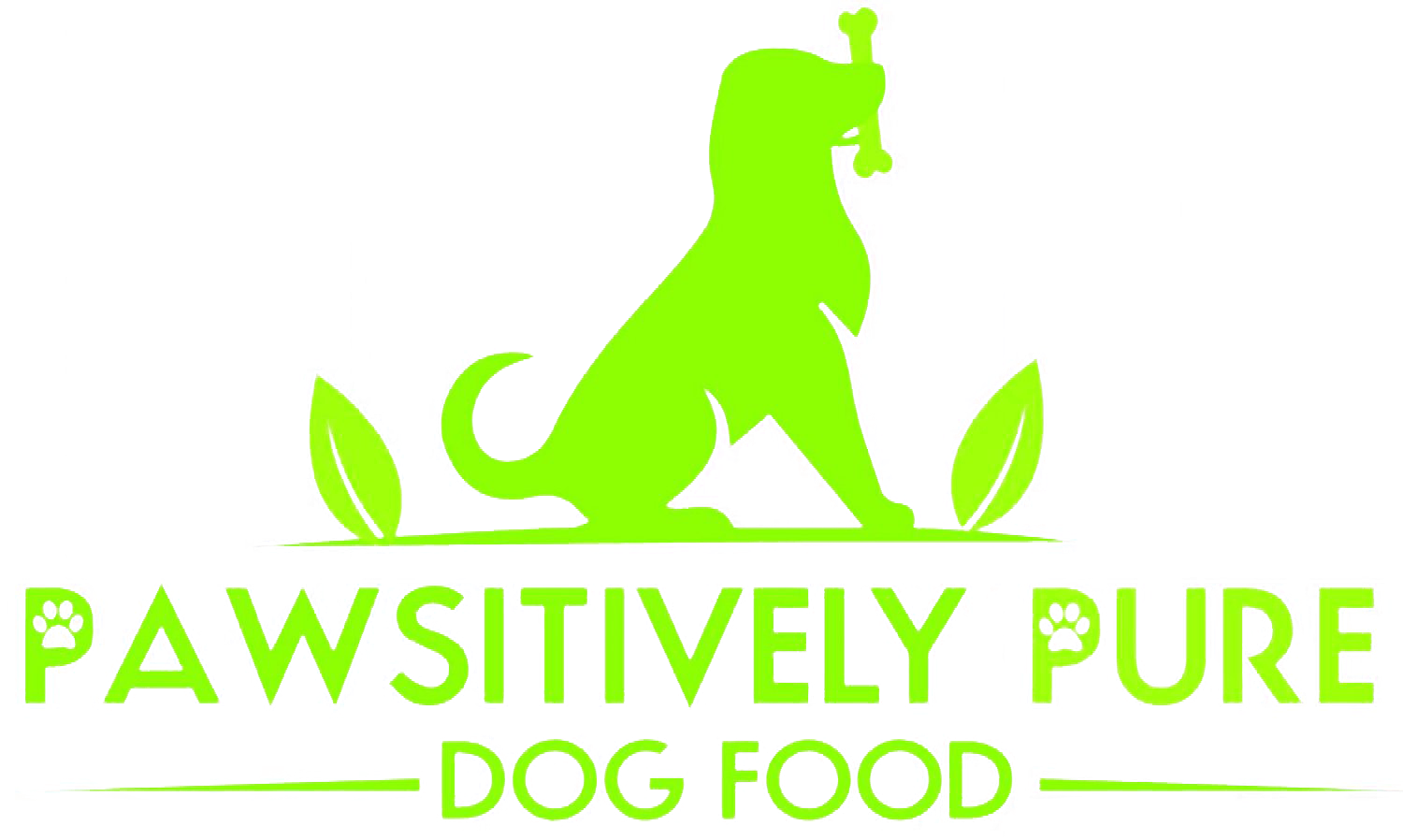Before you met your first dog, you probably had some preconceived notions about what life with dogs must look like. You may have imagined long walks, lots of kisses, and playing fetch in the park. But for some dogs, whether you throw a ball, a rope, or a frisbee, playing fetch just doesn’t seem to hold their interest.
First of all, this is totally fine! Just like humans, every dog has a unique personality. Some dogs are active and easy to entertain with some physical activity, while others find more enjoyment from laying in a sunbeam or snoozing on the couch.
If you have your heart set on getting your dog to play a game of fetch with you, it’s definitely possible to train your dog to enjoy the game. Here are a few reasons why your dog might not instinctively play fetch and how to overcome them:
Your dog picks up the toy, but doesn’t bring it back
According to the AKC, one of the most common issues dog owners encounter in the quest for fetch is that your dog will chase after the toy but doesn’t bring it back. This can be frustrating for pet parents who wind up spending more time at the park collecting their dogs’ toys than actually playing with them.
Luckily, this is a fairly easy issue to overcome. Your dog already knows how to track the item they’re fetching -- they just need some extra encouragement to return it home. If this is happening for you, keep a second toy or a few treats on hand. Your dog will have an incentive to bring their toy back to where it came from.
Your dog doesn’t like the toy you’re throwing
Think about your dog’s everyday playtime. We’re sure you’ve identified their favorite kinds of toys and objects to play with. Some dogs prefer durable rope toys that are fun to tug, while others like soft stuffed animals to play with.
There’s a chance your dog just doesn’t like the kind of toy you chose to play fetch with. Some dogs are just picky like that! Before you give up on playing fetch, try out a variety of different toys and objects to see if one sparks their interest more than others.
Your dog doesn’t know how the game is played
Some dog breeds, like Retrievers and German Shepherds, instinctively play fetch. That’s because they’ve been bred to do so! Over generations, they have been taught to pick up items and return them to their owners -- that’s why Retrievers are called Retrievers.
Just like with other tricks, you can teach your dog to play fetch with you! Start by encouraging your dog to pick up their favorite toy. Then, move on to teaching your dog to “drop it,” or give the item back to you. Over time, you can show your dog how to retrieve items from longer distances; before you know it, they’ll be a fetch champion.
April is Active Dog Month, and playing fetch is a wonderful way to include cardiovascular activity in your dog’s daily routine. Exercise -- including mental exercise -- is so important for your dog’s overall health, wellness, and longevity. To help your dog maintain the energy levels they need to play, switch them to an all natural food that supports gut health and weight management. Shop Pawsitively Pure’s line of human grade dog food and treats here.






